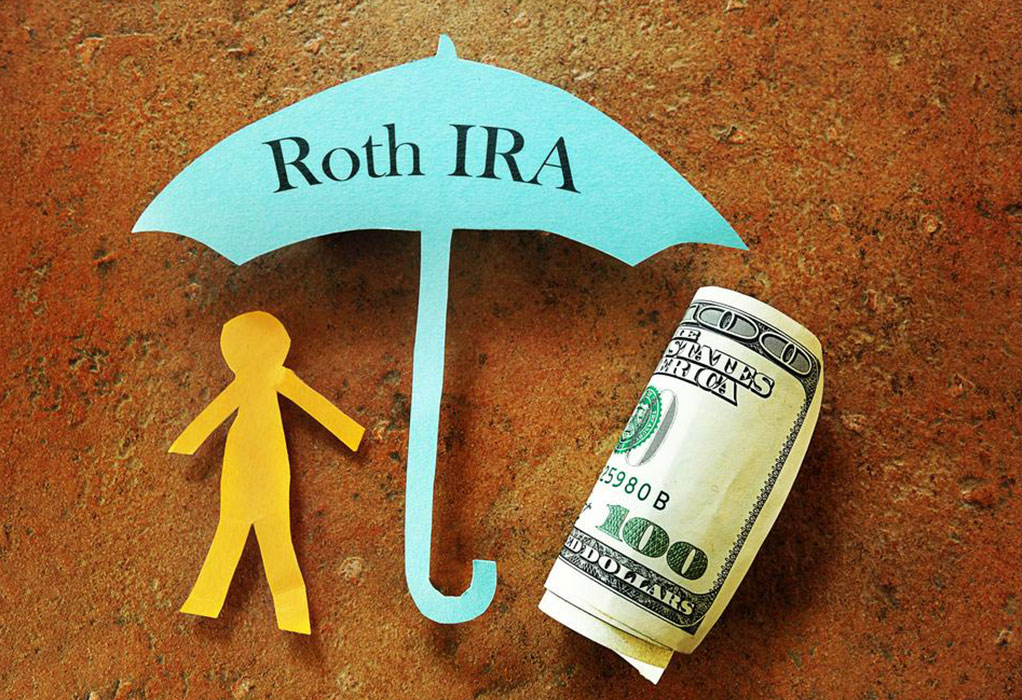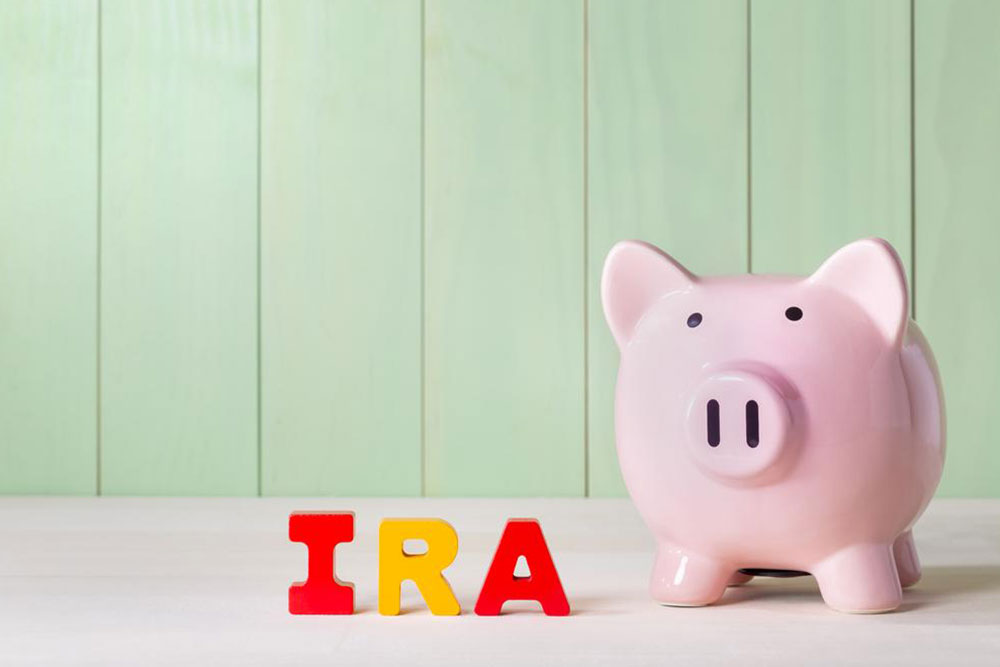In-Depth Comparison of Traditional and Roth IRAs: Unlocking the Best Retirement Savings Strategy
This comprehensive guide compares Traditional and Roth IRAs, detailing their benefits, limitations, and suitability for various financial situations. It helps investors choose the right retirement savings plan to maximize tax advantages, growth, and financial security in retirement. Whether you're seeking immediate tax benefits or planning for tax-free withdrawals, understanding these accounts enables strategic retirement planning tailored to your future needs.

In-Depth Comparison of Traditional and Roth IRAs: Unlocking the Best Retirement Savings Strategy
Planning for retirement is a critical aspect of personal financial management, and choosing the right IRA (Individual Retirement Account) can significantly impact your financial security in later years. The two primary types of IRAs—Traditional and Roth—offer distinct advantages and disadvantages, each suited to different financial situations and future planning goals. Understanding the detailed features, benefits, and potential drawbacks of both can help investors make informed decisions that align with their long-term retirement objectives.
Both Traditional and Roth IRAs are designed to grow your retirement savings with tax advantages, but they differ primarily in how and when taxes are paid. These accounts encourage disciplined saving and investment, providing a pathway to financial independence after retirement. The core of their appeal lies in their tax-efficient growth, which can result in substantial benefits over decades of investment, especially when correctly aligned with your current and future income levels.
Traditional IRAs allow for pre-tax contributions, meaning your taxable income decreases in the contribution year, offering immediate tax relief. These accounts provide flexibility by permitting investments in a wide array of assets, including stocks, bonds, mutual funds, and annuities, making them a versatile tool for building a diversified retirement portfolio.
Investments in Traditional IRAs grow tax-deferred until withdrawal, typically at retirement age. This deferral can lead to substantial growth over time, especially if your tax rate declines upon retirement, making the tax deferral strategy financially advantageous. Contributions are generally deductible on your tax return, giving an immediate benefit, and can be made up until the IRS filing deadline (usually April 15 of the following year), providing extra time for planning and savings.
Advantages of Traditional IRA:
Tax-deductible contributions that reduce your current taxable income
Wide investment options, including stocks, bonds, mutual funds, and more
Tax-deferred growth of investments without annual taxes on dividends or capital gains
Flexibility in contribution timing, up to the tax filing deadline
Potential Drawbacks of Traditional IRA:
Required Minimum Distributions (RMDs) start at age 70.5, mandating withdrawals and taxes on those amounts
Early withdrawals before age 59.5 are subject to a 10% penalty, with few exceptions
Limited deductibility for high-income earners with access to workplace retirement plans
Investment options can be limited for specific assets like precious metals or antiques
Advantages of Roth IRA:
Contributions are made with after-tax dollars, meaning no immediate tax deduction but tax-free growth
Qualified withdrawals are tax-free, including earnings, after age 59.5 and after the account has been open at least five years
Contributions can be withdrawn at any time without taxes or penalties, providing flexibility
No Required Minimum Distributions during the account holder’s lifetime, allowing for continued growth and estate planning
Disadvantages of Roth IRA:
Contributions are not tax-deductible, leading to higher taxable income in the contribution year
Annual contribution limits apply, which can restrict the amount saved, especially for high earners
High-income earners may face restrictions or need to perform a Roth conversion from a traditional IRA, which can trigger significant tax liabilities
Tax benefits depend on meeting specific criteria, such as the five-year rule and age restrictions
Choosing between a Traditional and Roth IRA hinges on individual financial circumstances, current income, and long-term retirement plans. Those in higher tax brackets may benefit from the immediate tax deductions of a Traditional IRA, while individuals expecting to be in a higher tax bracket during retirement might prefer a Roth IRA's tax-free withdrawals. Consulting with a financial advisor can provide personalized guidance, helping optimize contributions and investment choices to maximize retirement savings.
Deciding effectively between these account types can lead to more robust retirement preparedness, higher growth potential, and better tax management over the decades. It’s crucial to revisit your IRA strategy periodically, especially when your income changes or new tax laws are enacted, ensuring your retirement savings plan remains aligned with your financial goals.





